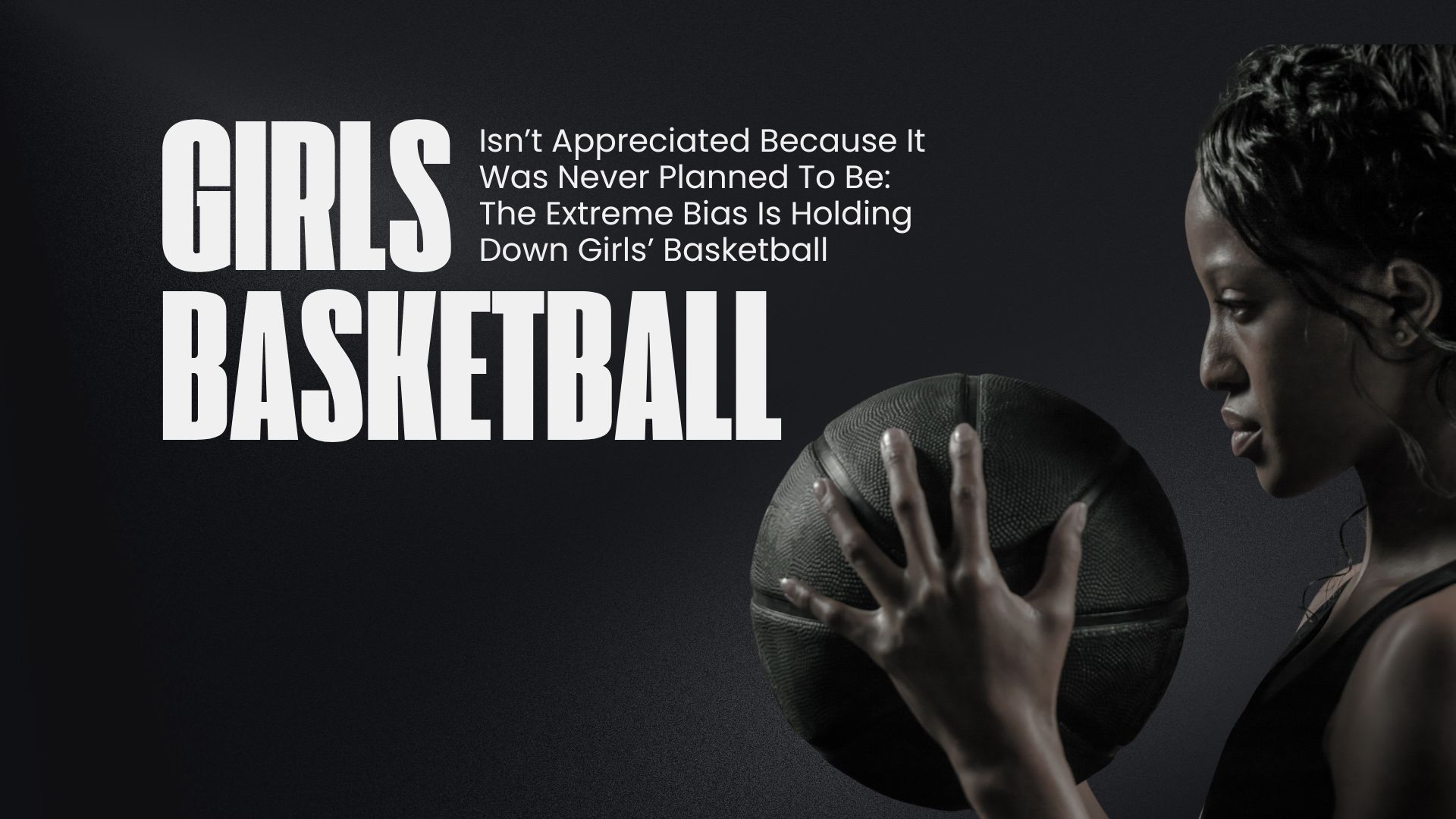In the landscape of high school and grassroots basketball, one fact sticks out consistently: girls' basketball is cared for as a second-class sport compared to boys'. Despite the skill, loyalty, and improvement female athletes make, the imbalance between girls’ and boys’ basketball from sponsorship and facilities to exposure and opportunity is a sad case to witness. This difference is a reflection of systemic carelessness and cultural discrimination that continue to damage the growth of the girls’ game.
If you walk into any high school gym on a Friday night, you’ll often see a full crowd for the boys’ game, and on the other hand with a girls’ game less-than-average crowd is in the stands. Why? It starts with the money. Athletic departments routinely give a larger portion of their budgets to boys’ basketball programs—bigger travel stipends, profitable uniforms, more training tools, and even higher-profile coaching hires.
Girls’ programs are often expected to just get by. Reports of hand-me-down uniforms, outdated equipment, or long bus rides for away games aren’t rare they’re typical. When booster clubs raise funds, guess who gets the advantages first? The boys. This financial imbalance isn’t just about impressions; it directly influences the performance and development of female athletes.
Grassroots media outlets and recruiting services play a major role in this imbalance. National outlets like Ballislife, Overtime, and SLAM devote big energy to promoting boys’ basketball phenoms, while girls with equally impressive skill sets are disregarded or ignored. The result? Fewer scholarship offers, fewer NIL opportunities, and fewer young girls feeling like the game is for them.
In many high schools and aau circuits, the best coaching talent gravitates toward boys’ programs. Why? Because coaching boys is often seen as the “footing” to college or professional opportunities. Coaching girls is too often viewed as a fallback or secondary role. There are numerous instances where girls’ teams, despite winning more games or making deeper playoff runs, receive less investment from schools than boys’ teams who struggle to stay competitive. It’s not about wins or losses it’s about perception and preference.
The imbalance in girls’ vs. boys’ basketball isn’t just a sports issue it’s a cultural one. It reflects how we rarely value young women, their stories, and their potential. Schools, media platforms, sponsors, and fans need to rethink how they support girls’ basketball. Until these changes happen, we will continue to steal from girls the credit, chance, and appreciation they’ve achieved. The talent is unquestionable. The passion is real. What’s missing is equality!






 King Solomon (Age 6) Plays Up with 2nd Grade SOH Elite | Future Star in the Making
King Solomon (Age 6) Plays Up with 2nd Grade SOH Elite | Future Star in the Making

















